Note: This species was previously identified as Phlegmariurus cuernavacensis, but this name was kindly corrected to P. taxifolius by Benjamin Øllgaard (see comments below).
- P. taxifolius – habit
- P. taxifolius – collection
- P. taxifolius – stem base
- P. taxifolius – basal sprouts
- P. taxifolius – forked stem
- P. taxifolius – stem detail
- P. taxifolius – sterile apex
- P. taxifolius – apex detail
Collection Data (F.B. Matos 2468)
Classification & Common Names
- Class: Lycopodiopsida
- Family: Lycopodiaceae
- Genus: Phlegmariurus (Herter) Holub
- Species: Phlegmariurus taxifolius (Sw.) Á.Löve & D.Löve
- Var./Subsp.:
- Common name(s):
General Collection Data
- Date: 27-III-2014
- Primary Collector & #: F.B. Matos 2468
- Collection Party: M. Sundue & R. Torres
- Det. History: F.B. Matos, III.2014.
- Habitat: Tropical rainforest
- Habit: Epiphyte
- Specimen Locations: MEXU, NY, VT
Additional Comments
Collection Location
- Location: San Isidro de Yólox-Río Coyul – – Distrito Ixtlán Municipio San Pedro Yólox – Oaxaca – Mexico.
- Coordinates: 17.639167, -96.431389
- Elevation: 695 m

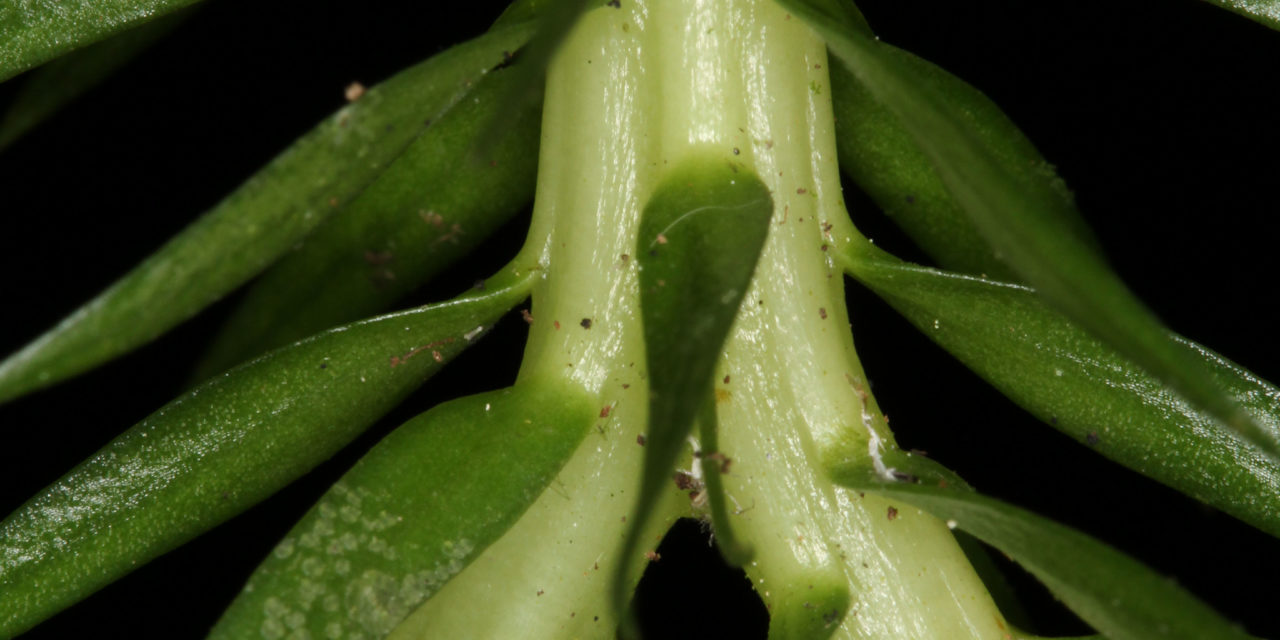


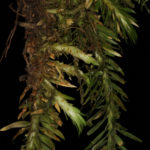
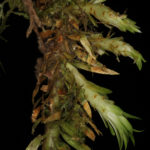

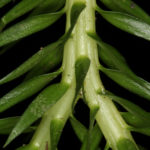
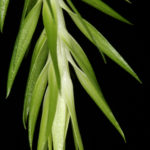
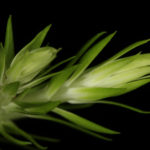
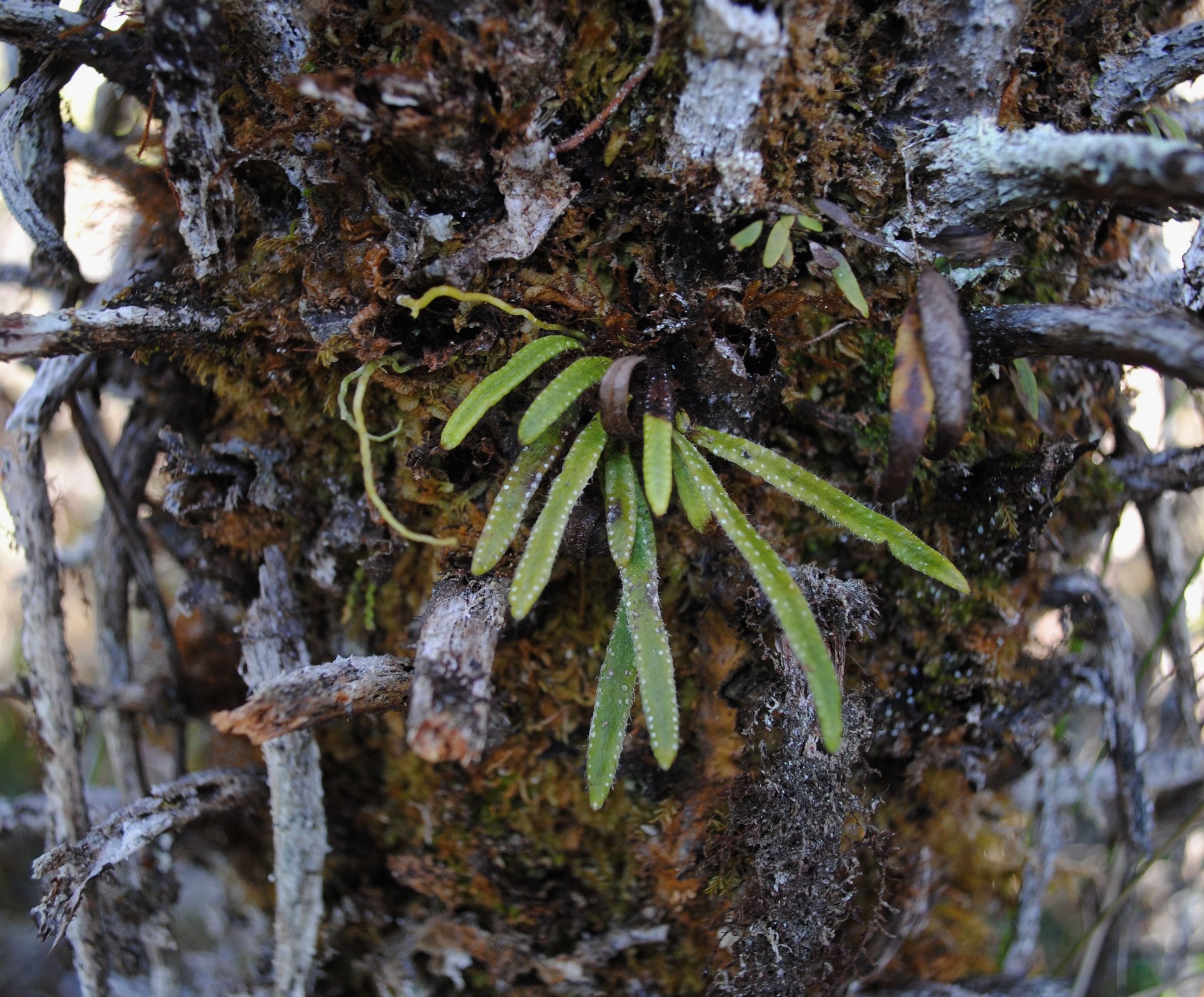
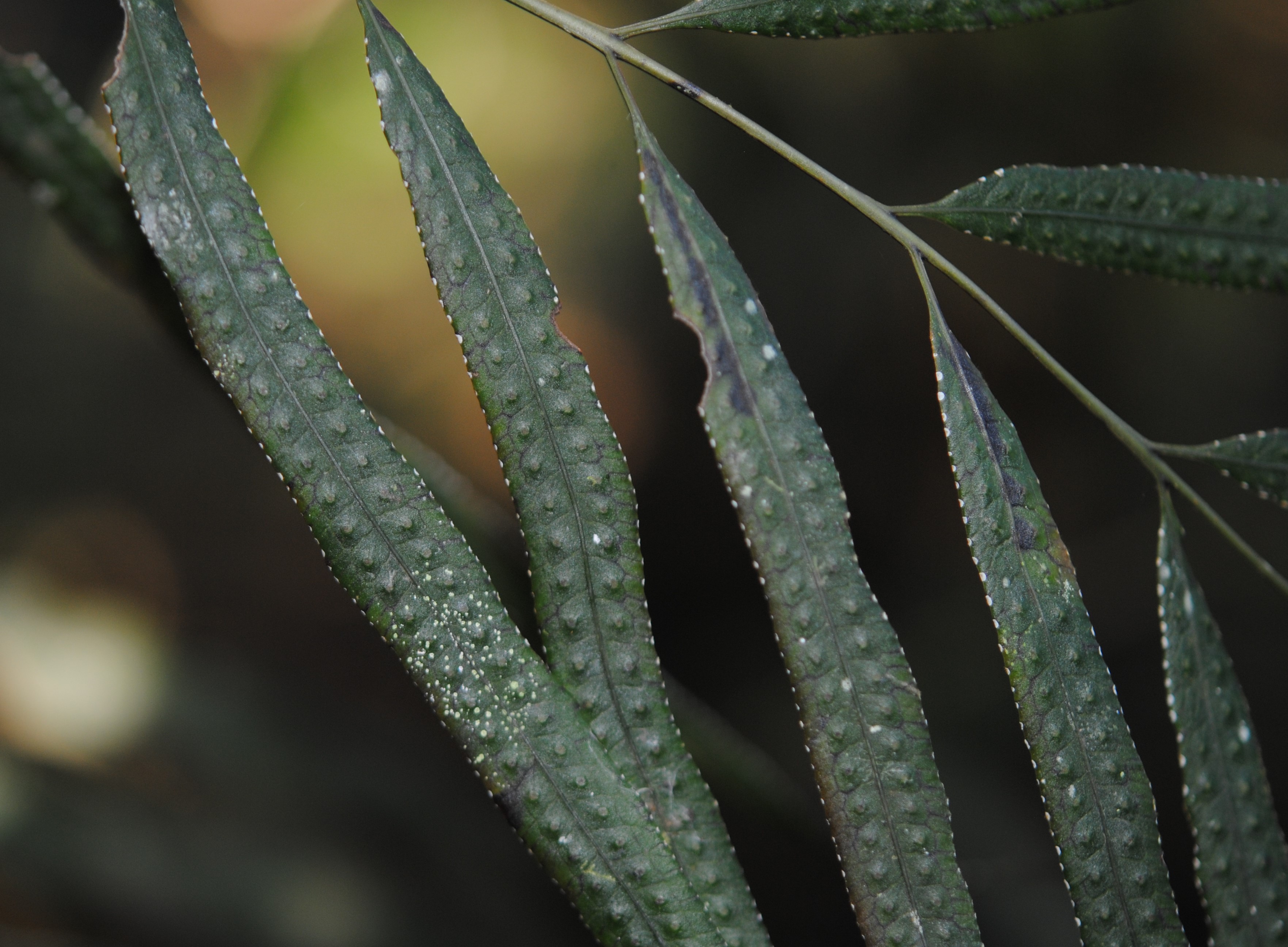
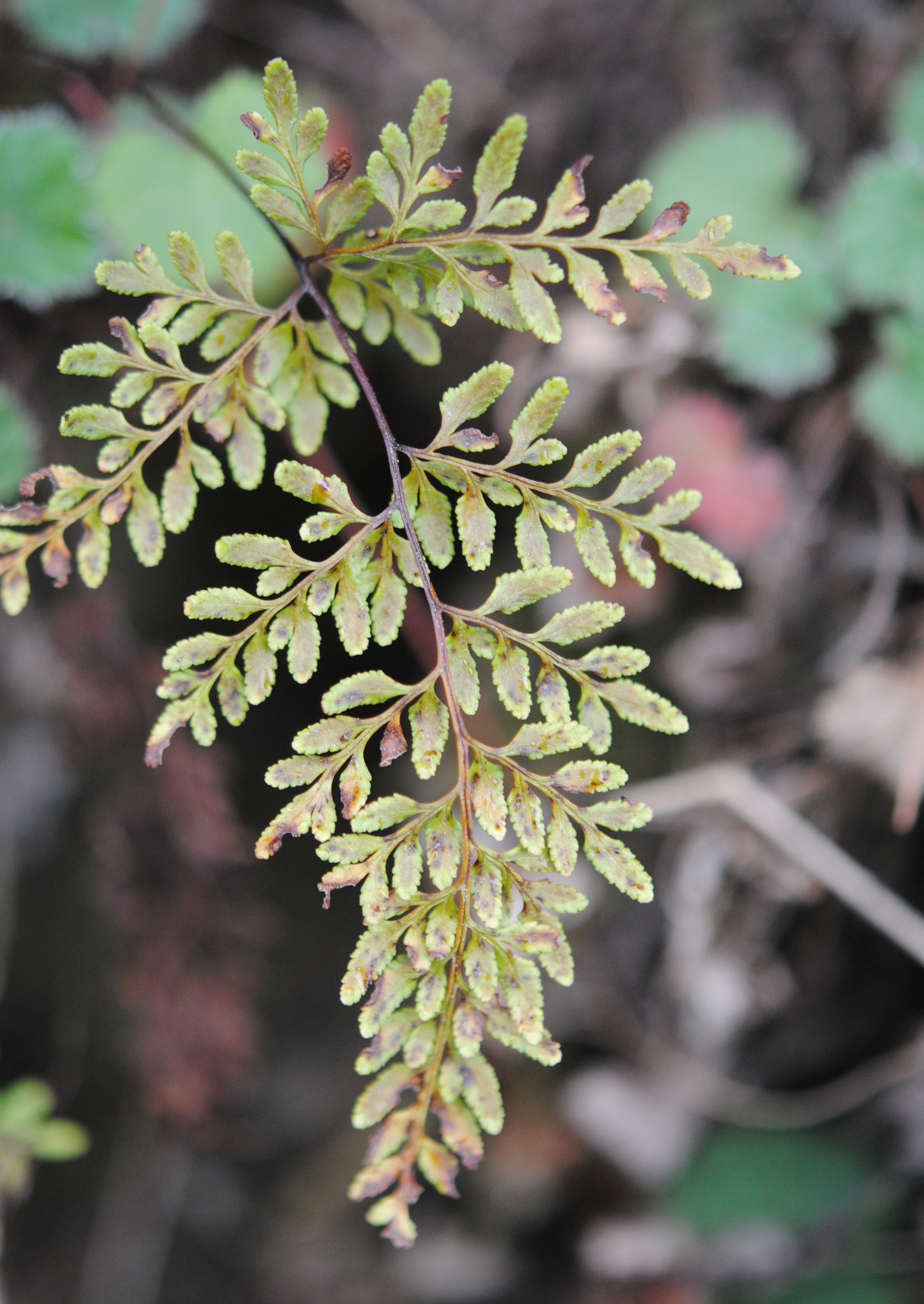
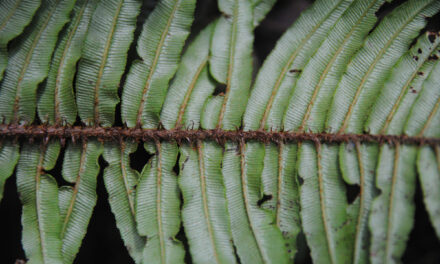

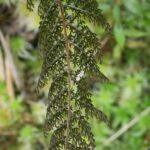
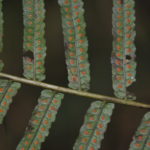
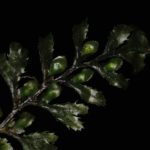
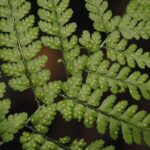
Beautiful plant, Fernando. It’s a little hard to tell from the photos if this is P. cuernavacensis or P. taxifolius, though most of the P. cuernavacensis specimens I have seen tend to have more appressed leaves.
Did you guys get silica material of this?
Thanks, Wes! I got silica of P. linifolius and P. taxifolius for you. I also got some Lycopodium clavatum and Palhinhaea cernua (in case you want to use them as outgroups…). I believe that Michael got the other ones (i.e., P. myrsinites, P. pringlei, and that Huperzia). You should receive them by mail soon.
And a duplicate of every collection is also going to VT.
Dear Fernando, beautiful photos!! Your plants are Phlegmariurus taxifolius because the leaves are in alternating whorls of 3-4, and their lamina twisted to a vertical position at the leaf base, so the stem is easy to see. In P cuernavacensis the leaves are usually in whorls of 5 (or 6) and usually not twisted to vertical, usually concealing the stem, and appressed as Wes notes.
Thank you, Benjamin! I already updated the post with your id.
Those who are smarter then I, what species do I have?
http://huperzia.blogspot.com/2010/06/huperzia-taxifolia-6000-foot-elevation.html